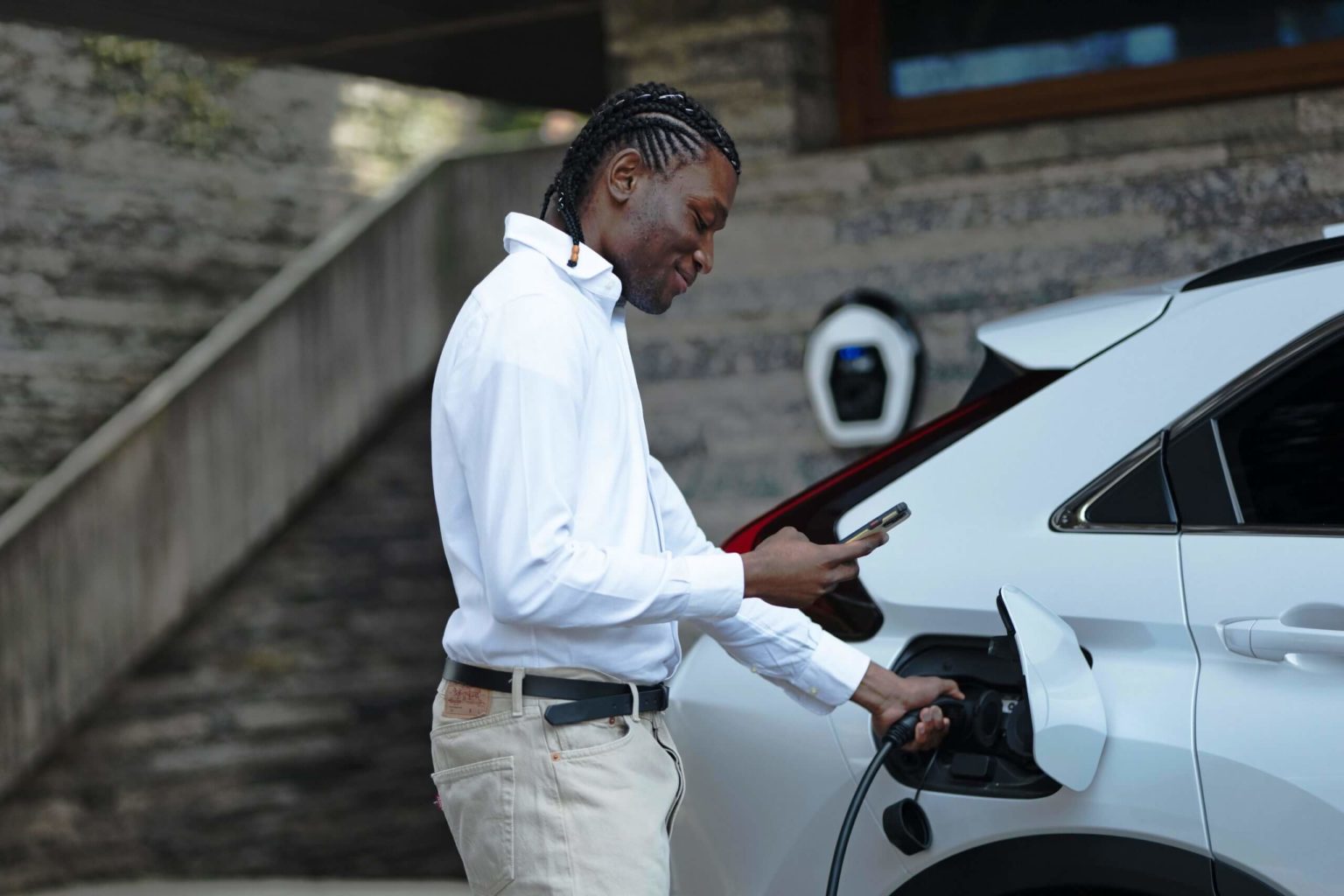The charging station for electric vehicles or EV Charging is an infrastructure composed of charging stations that meet the needs of a constantly expanding market. Most charging stations are now provided by companies in the electrical and energy sector and have 4 Ways to charge vehicles according to IEC 61851-1. It is about:
- Mode 1: slow charging (6-8 h) at 16 A alternating current only permitted in a private home environment. A simple domestic socket or an industrial socket up to 32 A can be used.
- Mode 2: slow charging (6-8 h) at 16 A alternating current permitted in domestic and public environments. There is a device called the Control Box (PWM safety system) on the vehicle power cable, which ensures safe operation during charging. Sockets that can be used are domestic or industrial sockets up to 32 A.
- Mode 3: slow charging (6-8 h) at 16 A or medium-rapid charging (30 min – 1 h) at 63 A and 400V (PWM safety mode), permissible in domestic and public environments. Recharging must take place via an appropriate power supply system with specific connectors.
- Mode 4: Ultra-rapid (5-10 min) DC charging up to 200 A and 400 V, only permitted in a public environment. With this system, vehicles can be recharged in a few minutes; the charger is external to the vehicle.
In addition to this, induction and wireless charging systems are recently being experimented with to achieve very short charging times.
Why choose EV Charging

EV-Chargers are today a fast growing market, projected at USD 22 billion worldwide for the period 2021-2025 and more than USD 6 billion in Europe. This context is facilitated by the decreasing price of lithium-ion batteries used in electric cars and characterised by a longer life and resistance compared to nickel batteries.
The advantages of bi-directional charging
Two-way charging is charging that, as the name suggests, works in two directions. While in the traditional unidirectional one we have a charger from which electricity flows to charge the device, in the bidirectional one electricity can flow to and from both sides. In the electric car sector, this translates into what is known as V2G, i.e. the energy purchased to recharge the e-car also serves to power the home and can be used for the benefit of the community and in times of need.
Electric cars become “poles” which during the charging phases, thanks to their batteries, can be used as grid-connected energy storage systems. The network benefits because it becomes more stable and efficient, the car owner for his part benefits because he will be able to increase his self-consumption, and he may also receive benefits and incentives for his service.
Companies and EV Charging: why invest in company charging stations

All companies that want to grow must invest in new technologies and not just survive. This is why you have to keep up in an environment that is electrifying day by day and where the electric car is a new normal. This is why more and more companies are developing their own charging infrastructure for employees and customers.
The advantages of corporate charging stations are several: on the one hand, consumers prefer to buy from companies with a strong ethical reputation and 87% of consumers have a better image of companies engaged in social and environmental activities. 88 per cent of people prefer these companies, and installing inlets and wall boxes benefits corporate reputation and increases consumer loyalty.
Not only that: switching to electric represents a saving for the company, which can obtain state subsidies and tax breaks for the installation of EV Charging and charging infrastructure, and eliminates higher car-filling costs than electric charging. If you want to bring the world of e-mobility into your company, you have to rely on charging specialists like DazeTechnology, which has always offered customers and companies solutions for filling up their e-cars with energy. Contact us!
